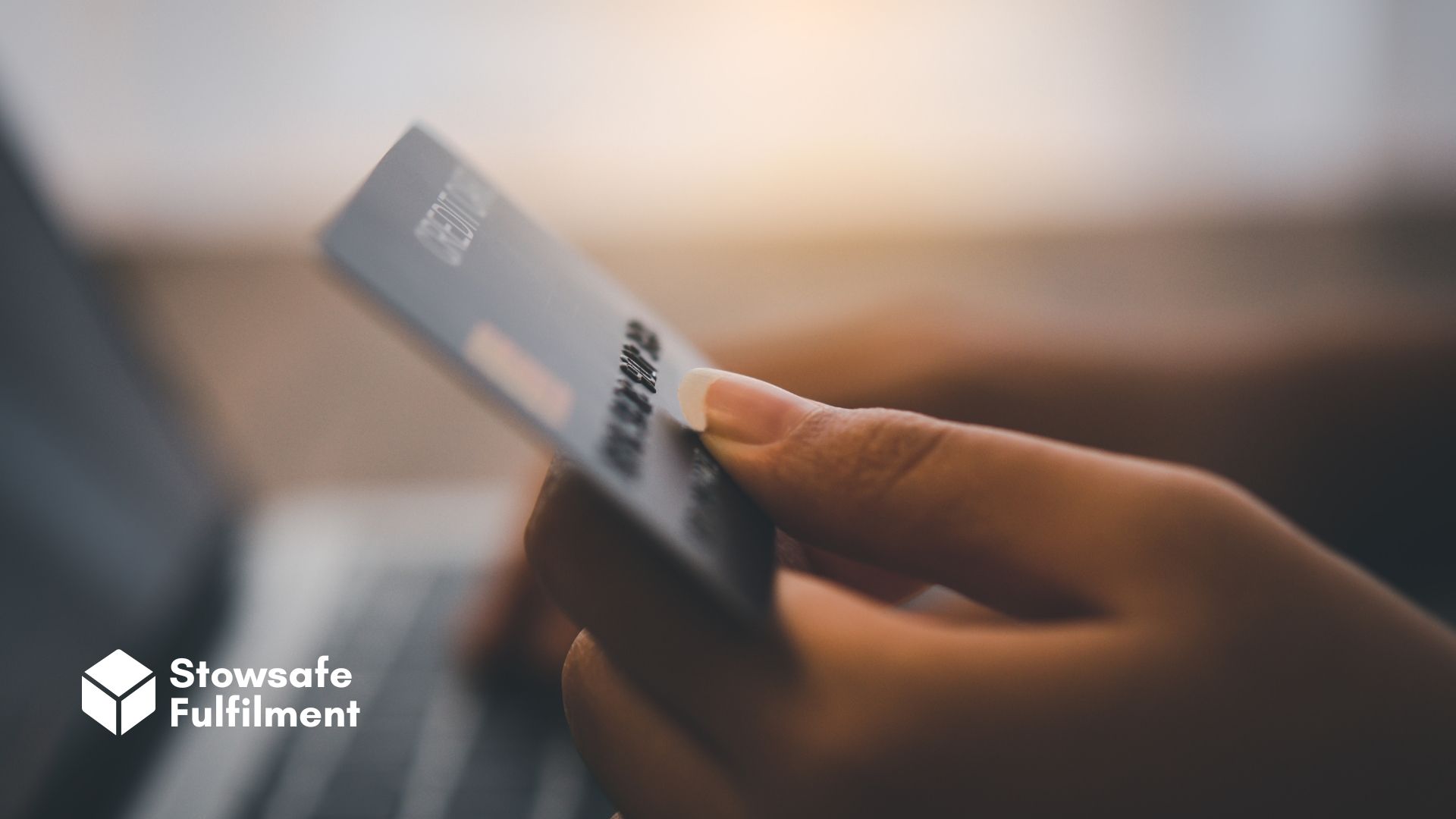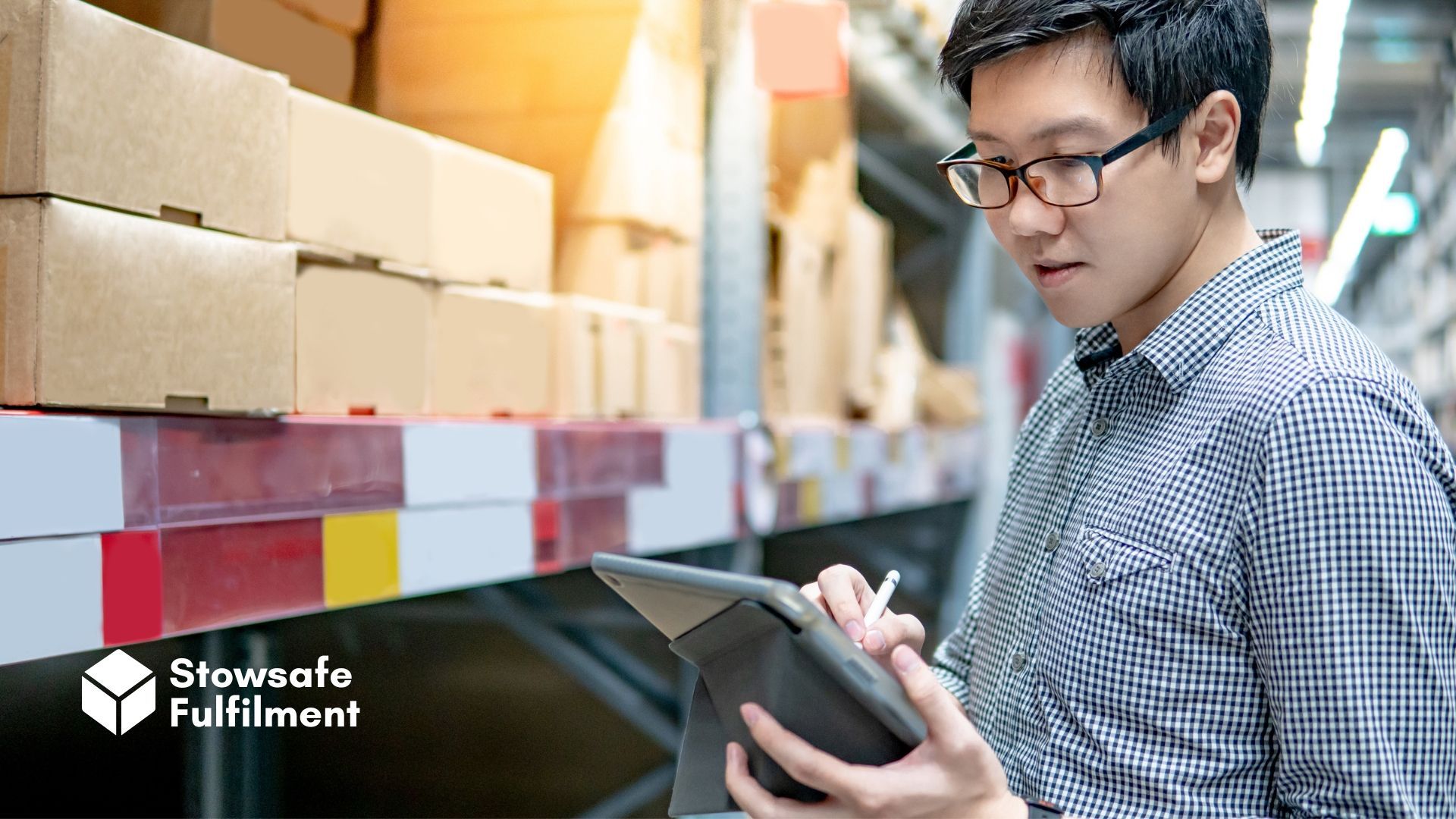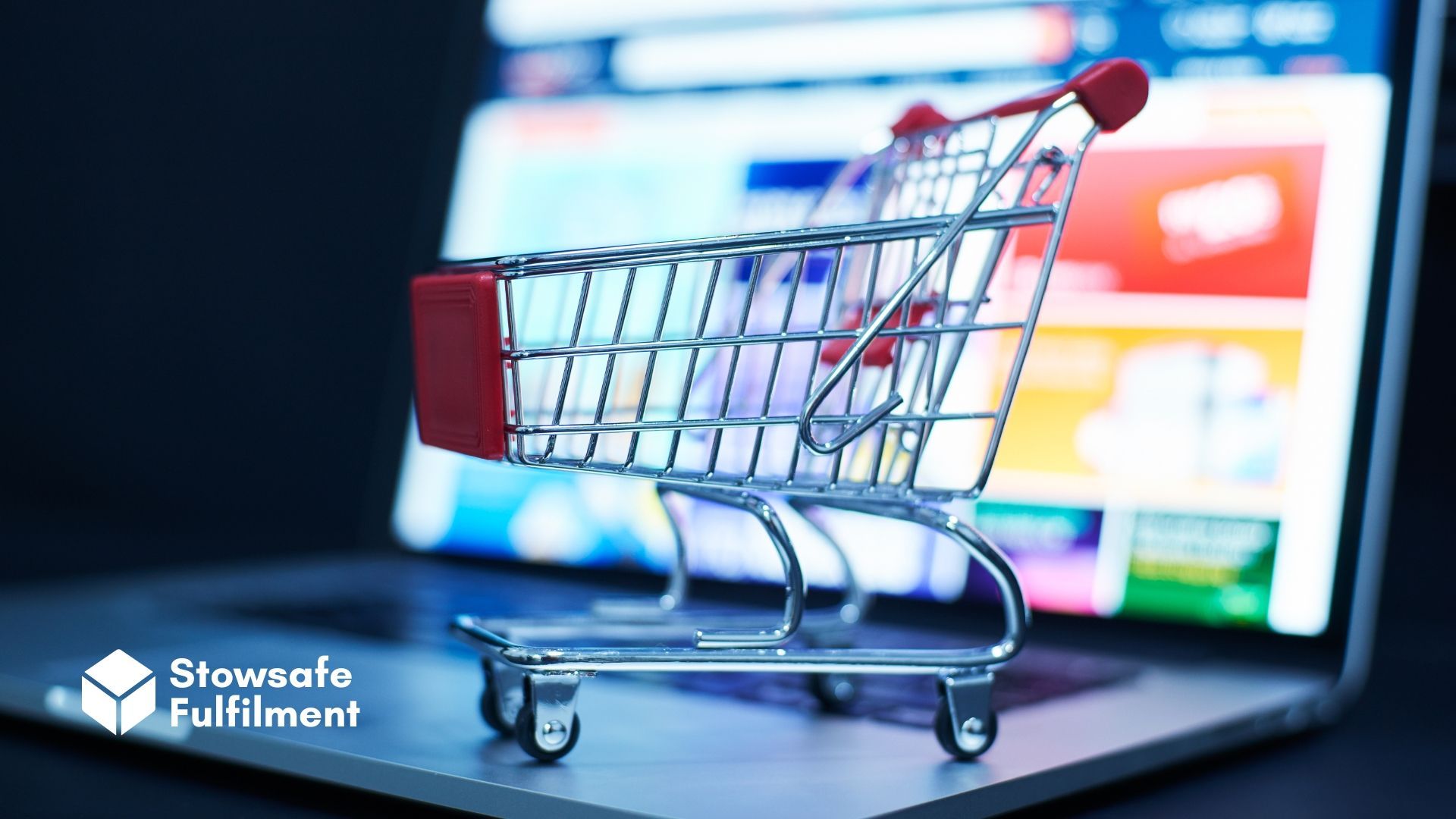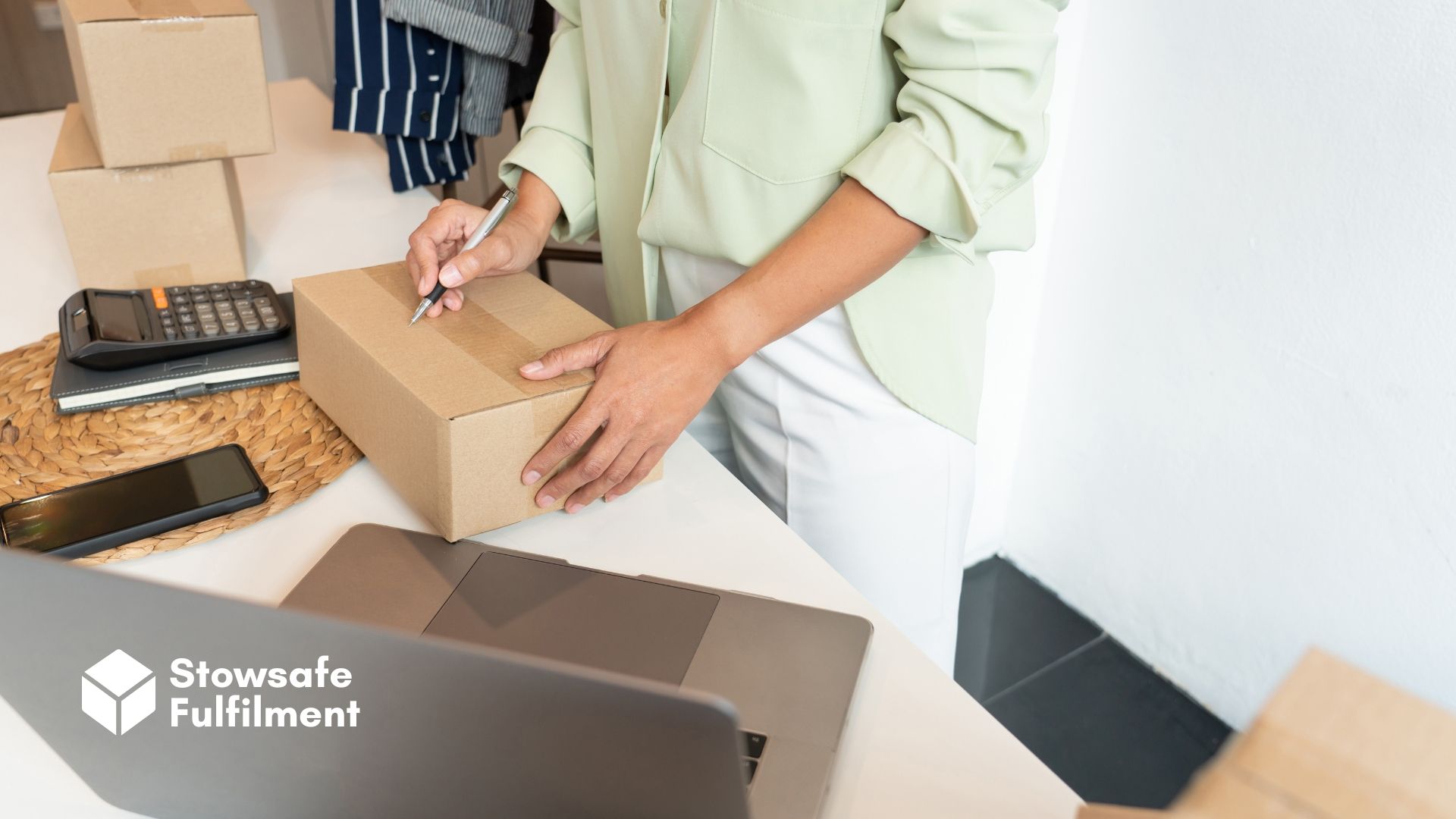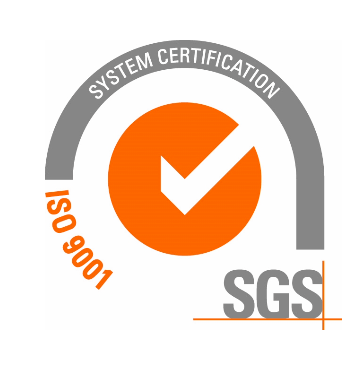As your eCommerce store grows, you may find yourself wondering how to take your brand to the next level. In this guide, we look at how to go global.
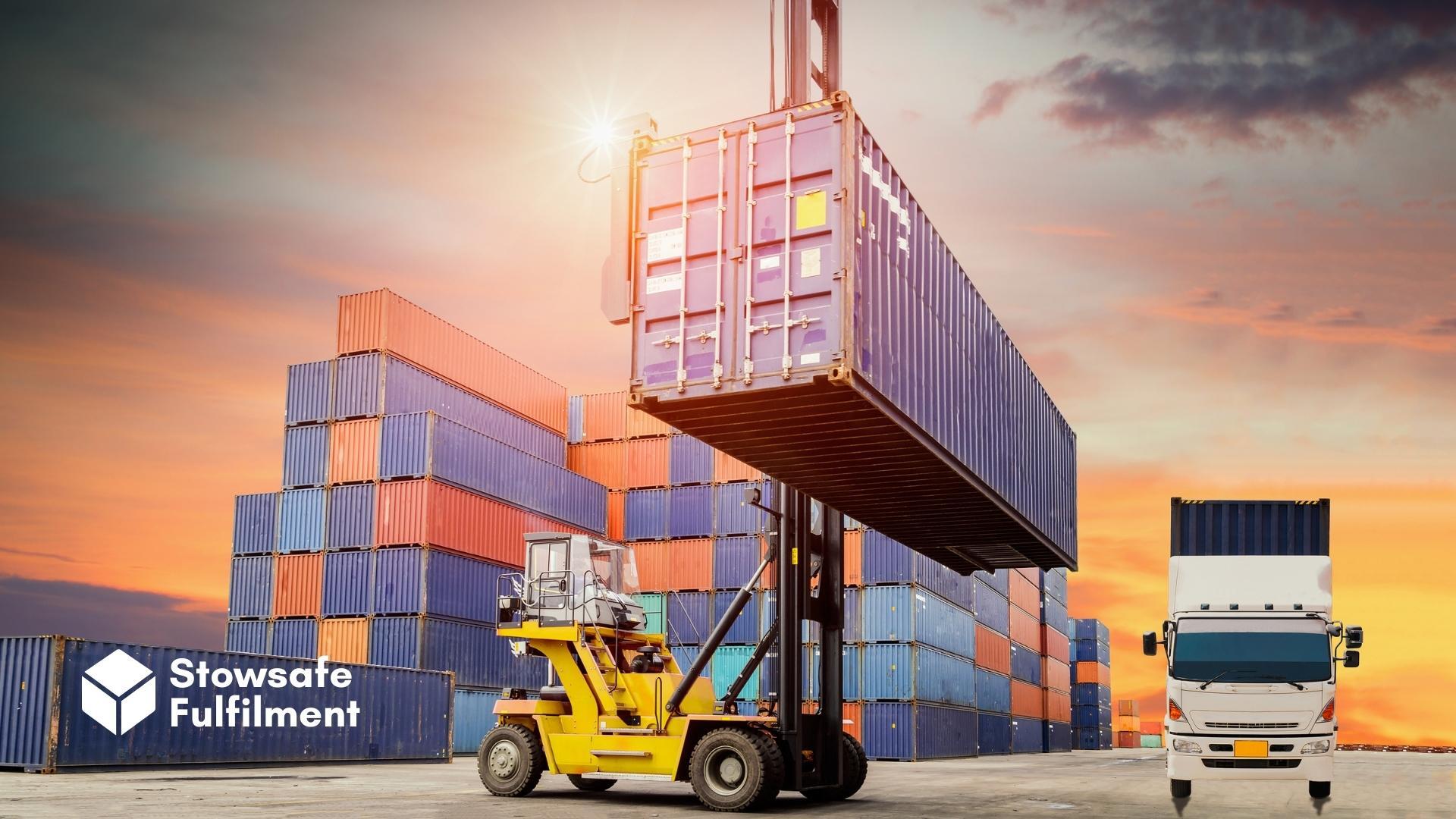
Is your eCommerce brand growing? Then you may be asking yourself, "what next?"
One way to expand is outwards into markets overseas. This could begin with shipping individual orders abroad and develop into exporting in bulk to retailers. It could end up with you setting up shop abroad.
Going global in this way is daunting and fraught with risks. You might lack expertise in foreign markets – and you're not alone, as
27% of businesses in 2020 felt they didn't know enough about exporting to go global.
However, there are concrete steps you can take to begin to penetrate markets outside the UK. And the common theme uniting them all is the need for thorough research ahead of time.
What's your game plan?
When you first set up your eCommerce brand, you doubtless had a business plan – a document stuffed full of intentions, plans, budgets, predictions, product details and marketing strategies.
If you're considering expanding into foreign markets, you'll need to do the same. But as well as the contents of a regular business plan, it will need to include information about international logistics such as customs rules and trade laws.
Carry out market research
Do you already have international visitors to your online store? This is something you can establish via Google Analytics – and it's one way of identifying whether there's demand for what you're selling abroad.
On top of this, you'll need to carry out a thorough analysis of your market before going any further. If things are going well, you might be able to afford primary research – but if not, there's a wealth of secondary data online about your target market.
Some things you want to find out include:
- What consumers want.
- How much they pay for products.
- What their expectations are with regards to delivery.
- What the regional infrastructure looks like – warehousing, for instance, and transportation.
There's help and guidance available from the
Department for International Trade. This includes tips on choosing the right market to export to and making an export plan, along with webinars and the opportunity to speak with an international trade adviser.
Make sales
Before you go in all guns blazing with a plan to penetrate a foreign market, you can start by making smaller international sales on platforms like Etsy, eBay and Amazon.
You may feel that no one will be willing to pay international postage, but having it as an option is a way of putting your feelers out and seeing if there's demand.
If you do go down this route, having a clear policy on international shipping is key.
At times, you may feel unsure whether the address you've been given is complete – if it's missing a postcode or house number, for instance. If this happens, ask! It's much better to engage in a conversation with a customer than to risk the parcel never arriving.
Who's your competition?
It's unlikely you'll be the only provider of your goods in this new market, so you need to suss out the competition.
This means finding out the size of your competitors, the products they have in stock, the prices they charge and the marketing they use.
Doing your homework and finding this out stands you in much better stead to start selling overseas. You're now in a position to know what you can offer that your competitors can't – be it lower prices, different products or a unique brand identity.
You don't have to do everything at once
Let's say your online store sells kitchenware. You've established that there's a market for this overseas – but that doesn't mean you have to start exporting all your products at once.
It could be better to start expanding with a limited selection of products – maybe even just one. Testing the water in this way puts you in a good position to assess and evaluate as you move forward.
Promote yourself
If you're in a position to start expanding overseas, you're probably already a dab hand at promotion.
Spreading the word in foreign markets follows the same principles as doing so domestically – reaching out to bloggers, reviewers and journalists while maintaining a steady stream of social media content.
Depending on your target market, you may want to look into getting your marketing copy translated.
Know the rules
Countries have different rules and regulations surrounding trade. You need to acquaint yourself with them long before you start packing up your parcels.
You'll be used to packaging and labelling according to UK standards, but these may not apply in your new field of operations. The same applies to quality standards and restrictions on imports.
Make sure you don't make a sale without having this information at your fingertips – after all, it's better to go in prepared than to learn from avoidable mistakes.
Look into logistics
How are you going to transport your goods – by air, sea, road or some combination of the three?
How about a courier – do you have a specific company in mind? Do any of them have a good reputation in the country you're exporting to?
What about choosing a payment gateway? Filling in a commercial invoice? Where will your goods be stored in your target country?
These are all questions that need to be answered before you start listing items for export.
What next?
If your product takes off in another country, there are further steps you can take to make the most of the opportunity.
At this stage, you could look into working with a translator on your website or even visiting the country as part of a trade show. If things go really well, you could set up shop there and become a multinational. The world's your oyster!
Are you interested in finding out what a 3PL can do for your eCommerce brand? At Stowsafe, we offer tailored online fulfilment solutions to businesses of all shapes and sizes. We store, pick, pack and dispatch so that you can focus on what really matters – growing your online brand.
All Rights Reserved | Stowsafe Fulfilment

